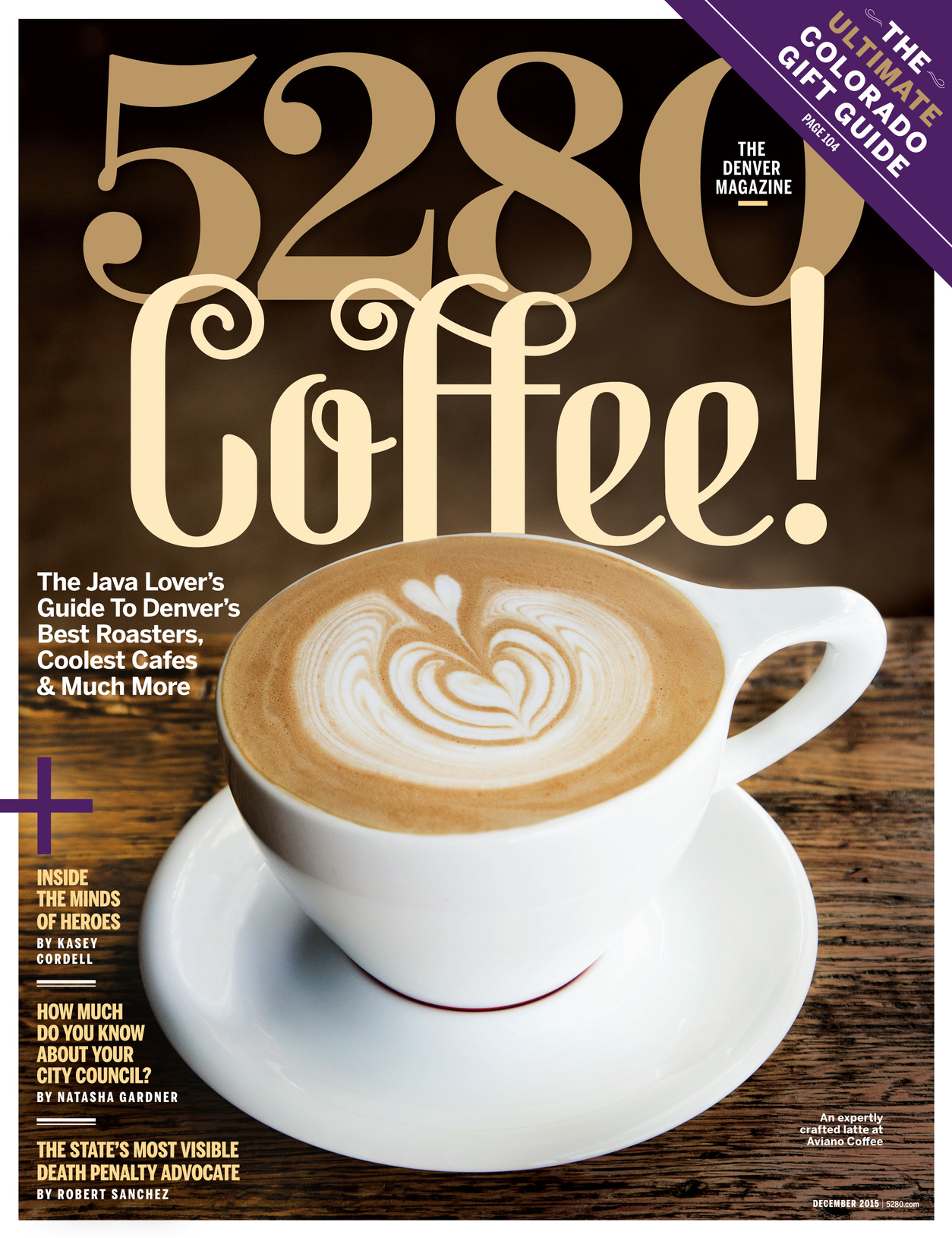The Local newsletter is your free, daily guide to life in Colorado. For locals, by locals.
When my husband and I started dating in 2006, we had dinner one night at a stylish sushi spot on Old South Gaylord Street called Japon. Afterward, we strolled through Wash Park. As crickets chirped around the brick bungalows, my future husband told me he never wanted to live in the suburbs. I was sold—on him, but also on city living. I had returned to Denver from New York City, where I discovered dim sum and sushi and streets that buzzed long past 10 p.m.
After we got married, we bought a Victorian in Highland, a 15-minute walk from Z Cuisine and a quick drive to the Paramount Theatre. My husband’s commute to Boulder, though, wasn’t so convenient: 45 minutes one way on a good day, two hours in snow. And after our first son arrived, I realized our cute Victorian’s chopped-up floor plan made it hard to guard against a Magic Marker mural two rooms away. About the time my son turned two—when his best option for riding his Strider Bike was the parking lot of the nearby Masonic lodge—suburbia’s siren song proved too sweet. In 2014, we built a house in a new neighborhood close to historic downtown Louisville.
For us, the move to the suburbs was a practical choice: The town of roughly 20,000 sat between our jobs in Denver and Boulder. For many others, it’s the only option. As Denver home prices rise, more families are being forced to buy in the ’burbs, where homes tend to be less expensive. Which means, like me, more people might be facing the anxiety that comes with abandoning the city. (I realize Louisville, with its proximity to Boulder, isn’t a suburb in the way Highlands Ranch is. But it’s still miles from the culture-colliding density that makes big cities great.) Fortunately, our suburban flight has been fairly turbulence-free—largely because the city seems to have relocated with me.
Instead of the big-box shops I feared I’d find here, cute, independent eateries, boutiques, and bars fill Louisville’s streets. It turns out the ’burbs aren’t allergic to the artisan movement. At Atlas Valley Purveyors in Lafayette, you can buy a six-pack of Prost craft beer and a pie from Niwot’s My Mom’s Pie; Murphy’s Tap House (a chain, but at least a local one) recently took the place of a shuttered Chili’s in Louisville; and Moxie Bread Co.—which opened in downtown Louisville partly because it reminded owner Andy Clark of his hometown—serves kouign-amann, a buttery croissantlike pastry with caramelized sugar edges I never encountered in the city.
Louisville’s charm goes beyond edible delights. Its walkable Main Street is filled with distinctive stores like Bella Frida, a shop dedicated to Mexican folk art and Guatemalan textiles, two independent bookshops, and the Singing Cook, which has Colorado products such as St. Vrain Jams. A few years ago, the alley near Steinbaugh Pavilion filled in with more shops and restaurants, giving downtown a bohemian hidden grid reminiscent of romantic European cities. In the winter, the pavilion hosts an open-air ice rink; in summer, it transforms into a concert venue for Friday’s Street Faires. The events draw thousands with an eclectic lineup: In 2015, everyone from the Gin Blossoms to the Nitty Gritty Dirt Band played here. It’s not quite Highland, but it’s not some aseptic bedroom community either.
I still get nostalgic for Denver: I haven’t found a replacement for Masterpiece Delicatessen’s breakfast sandwich—with its chopped bacon and slightly runny egg—and whenever I drive by the bungalows lining 32nd Street on my way to Auraria Campus for work, I feel a tug. But if I really need to reminisce, my husband and I can relive that night in Wash Park. Sort of. After 18 years on Old South Gaylord, Japon relocated last year…to Westminster.









